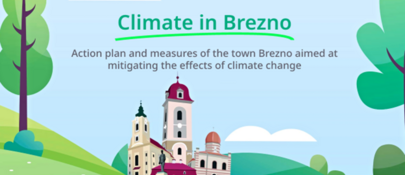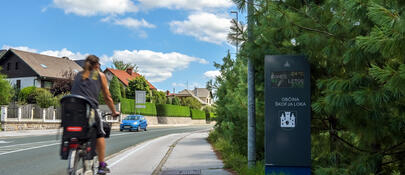
The Challenge
Climate change manifests itself in a multitude of manners such as rising sea levels, heat waves, forest fires, droughts, floods and increasing temperatures. They all affect ecosystems and biodiversity, as well as economic growth, infrastructure and quality of life. Sectors such as agriculture, fisheries and forestry are particularly vulnerable. There is an urgent need to reduce emissions and to prepare for a changing climate. This is reflected in the EU’s 2030 Climate and Energy Framework and the 2015 Paris Agreement.
Extreme weather
Extreme weather and high temperatures increase the risk of heat waves, droughts and desertification.
This is dangerous for our health and can be damaging for economic sectors such as agriculture and tourism.
Biodiversity loss
Climate change has drastic consequences for biodiversity. It is essential to maintain and protect biodiversity as healthy ecosystems can help fight climate change, for example by absorbing flood water and capturing greenhouse gasses.
Infrastructure
Extreme weather can have serious consequences for man-made infrastructure, particularly when it comes to fundamental services such as water supply, health, energy and transport.
Rising sea levels
Over 200 million people live in EU coastal regions. Rising sea levels increase the rate of coastal erosion and risk of flooding and put underground drinking water sources at risk of saltwater intrusion. Climate change protection in coastal areas is projected to cost around €6 billion by 2020.
Our Approach
Our goal
We aim to mitigate climate change and reduce vulnerability to climate change.
How?
The impact of climate change differs between regions in Europe – some face increased risks of droughts and crop failure while others struggle with floods and mudslides. To meet the different needs, the EEA and Norway Grants support several climate change related activities on national, regional and local levels. These include:
- Strategies and plans for mitigation and adaptation measures at national, regional and local level as well as across sectors
- Mitigation and adaptation measures at local level
- Reduction of greenhouse gas emissions in industry
- Preparedness and risk management for extreme weather
- The use of “carbon sinks“, such as wetlands for the capture of CO₂ and other greenhouse gases
- Carbon capture and storage
- Actions to move towards a more circular and resource-efficient economy
Creating partnerships
Climate change is not restricted to national borders – it is a global issue. This makes sharing knowledge and experience especially crucial for fighting its impact. Organisations from the donor and beneficiary countries are encouraged to cooperate through our programmes.
The Norwegian Environment Agency, the Norwegian Directorate for Civil Protection and the Norwegian Water Resources and Energy Directorate are all donor programme partners in this area. They can assist Norwegian organisations who wish to get involved.




